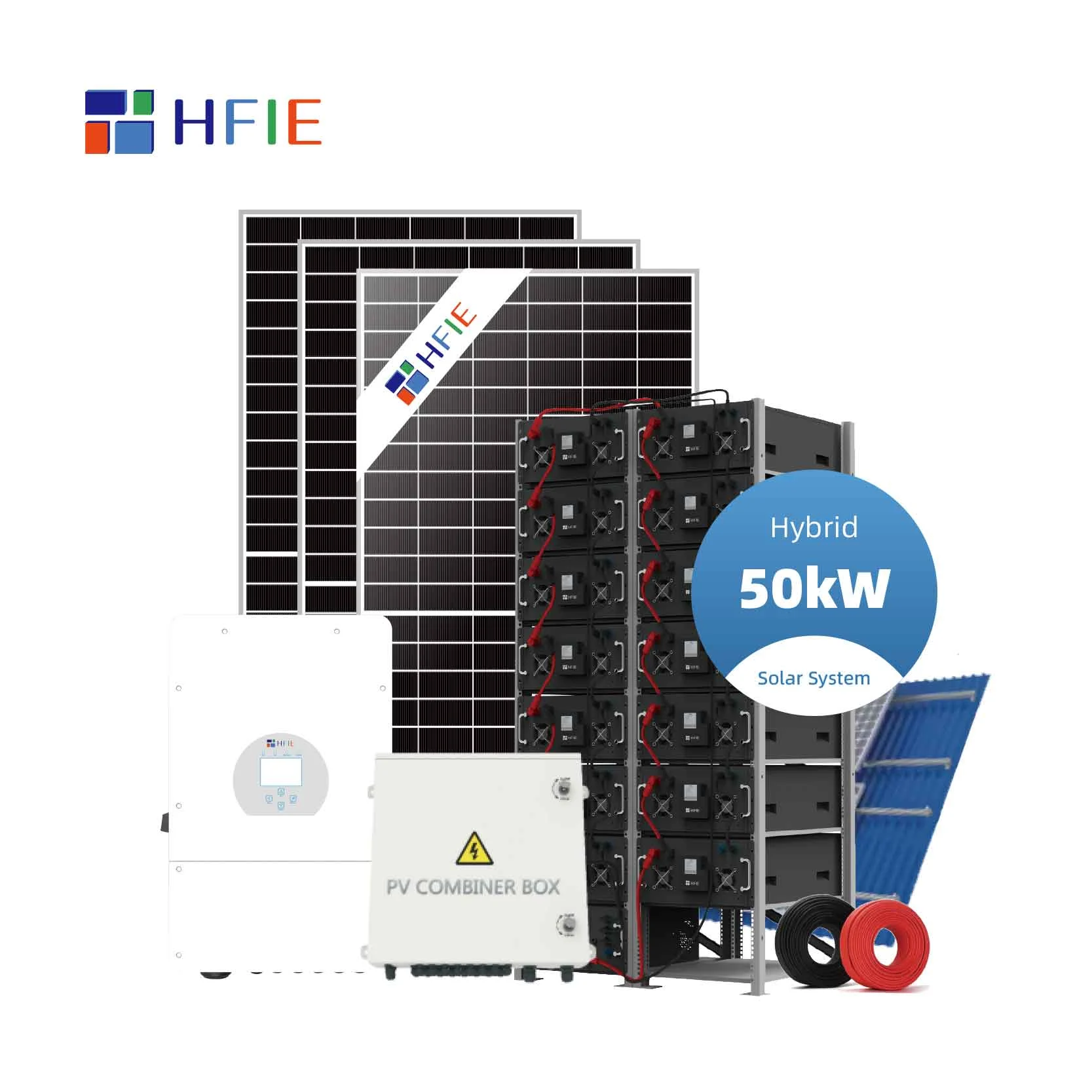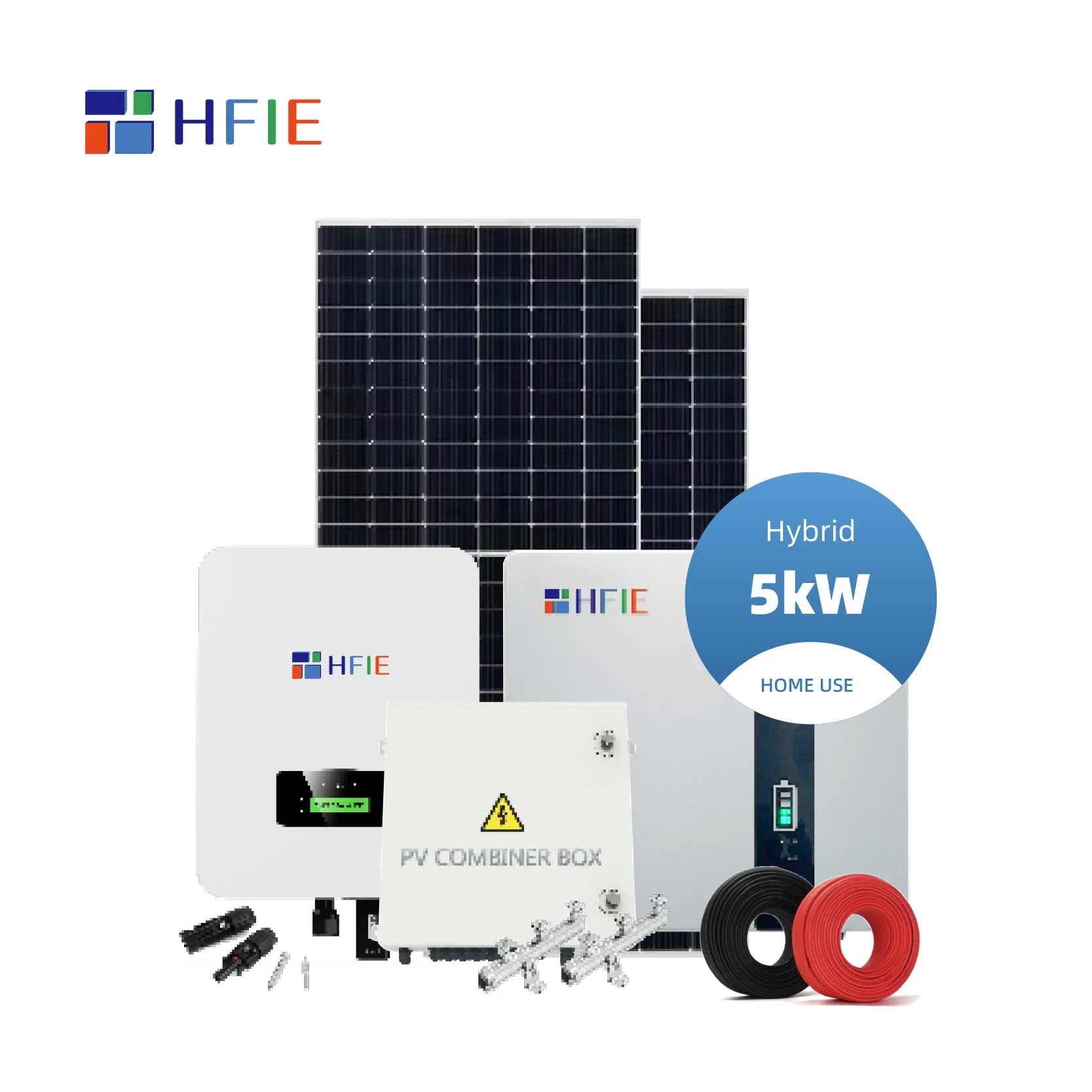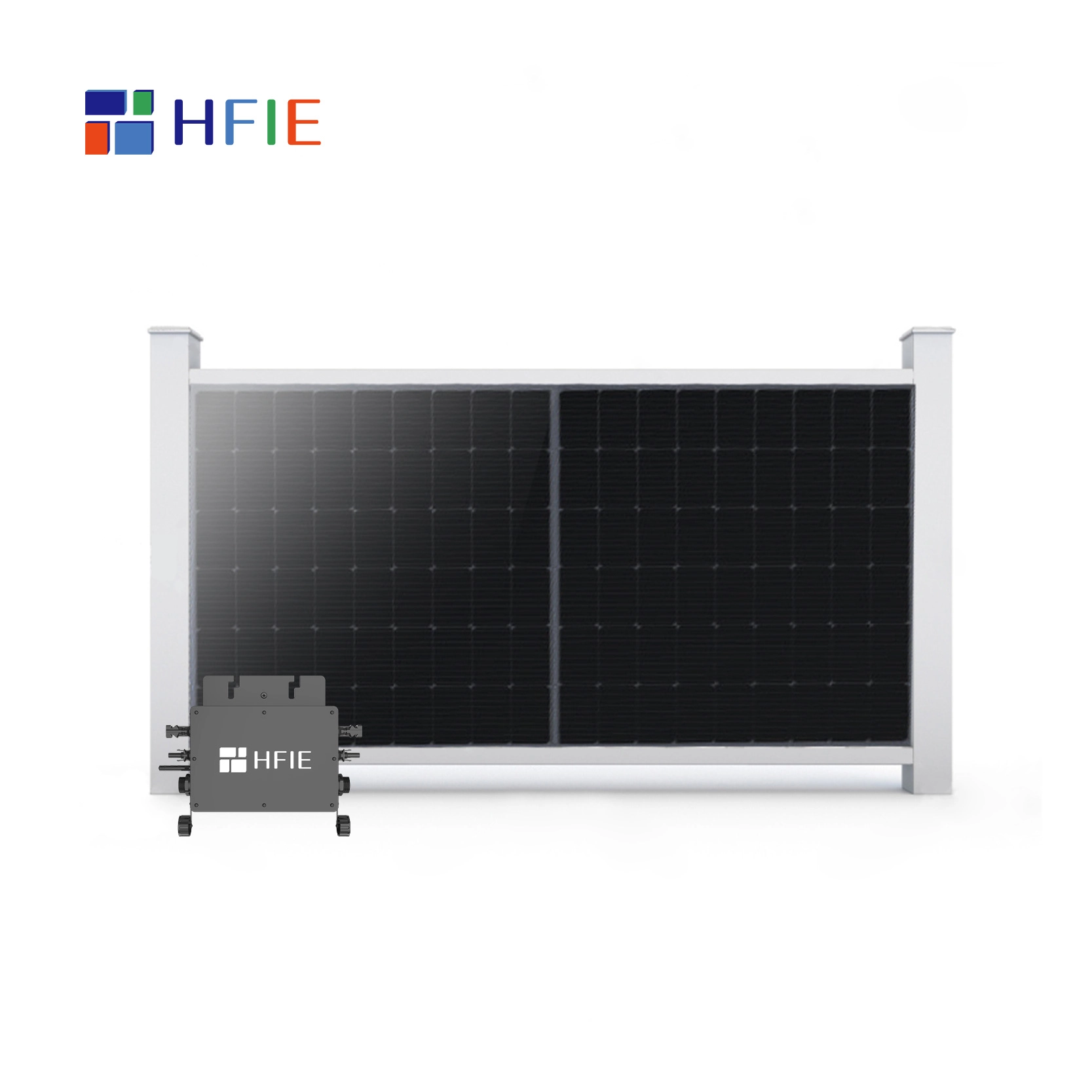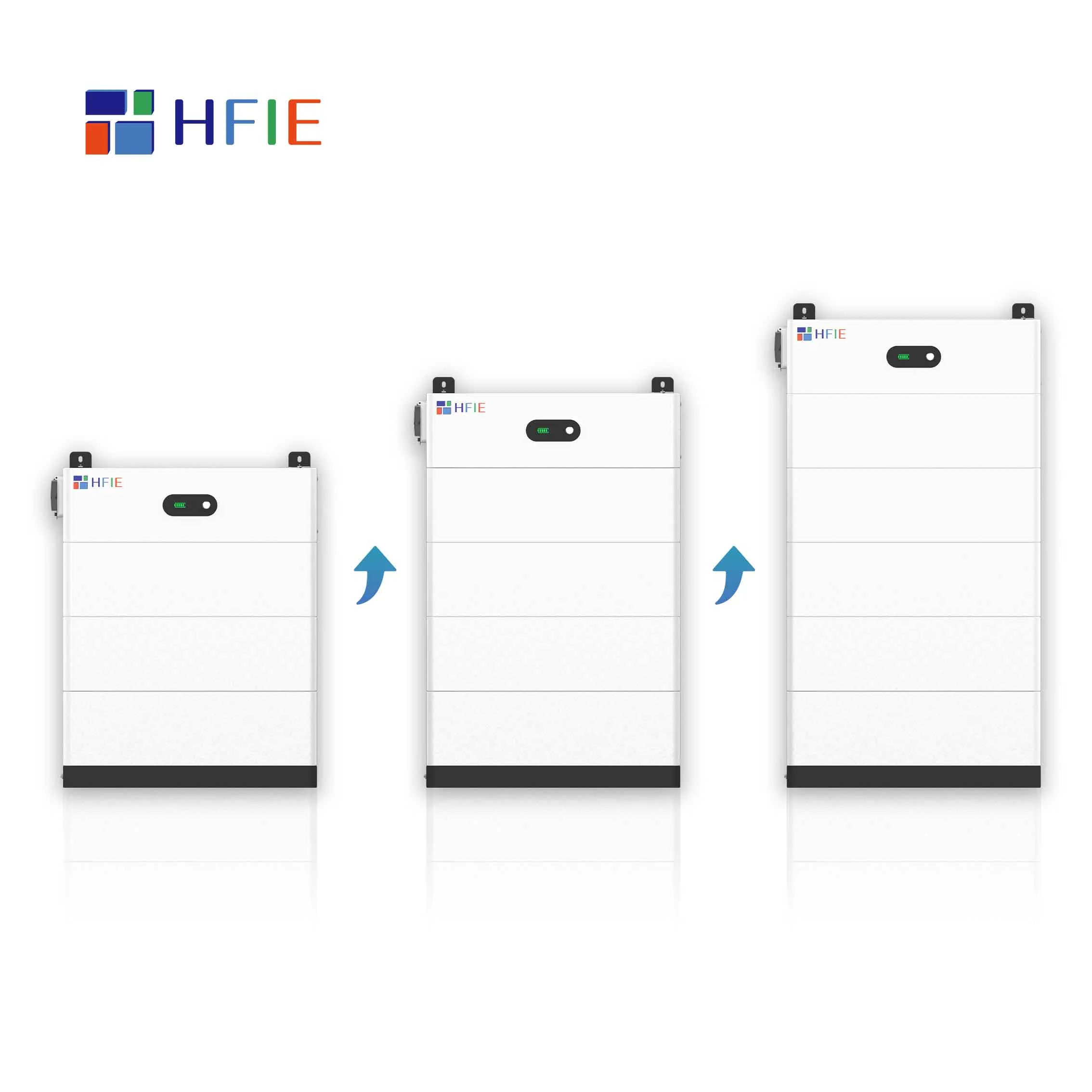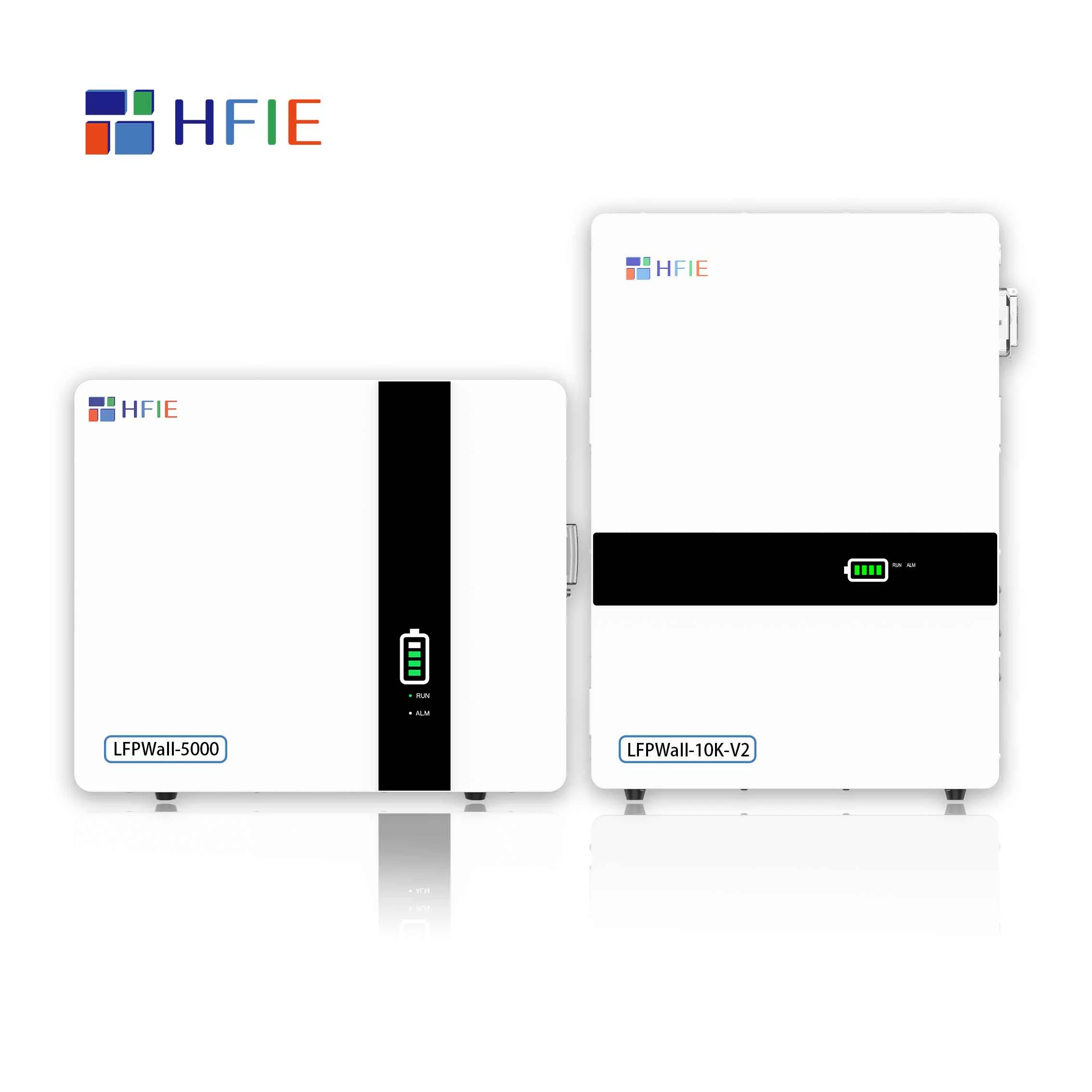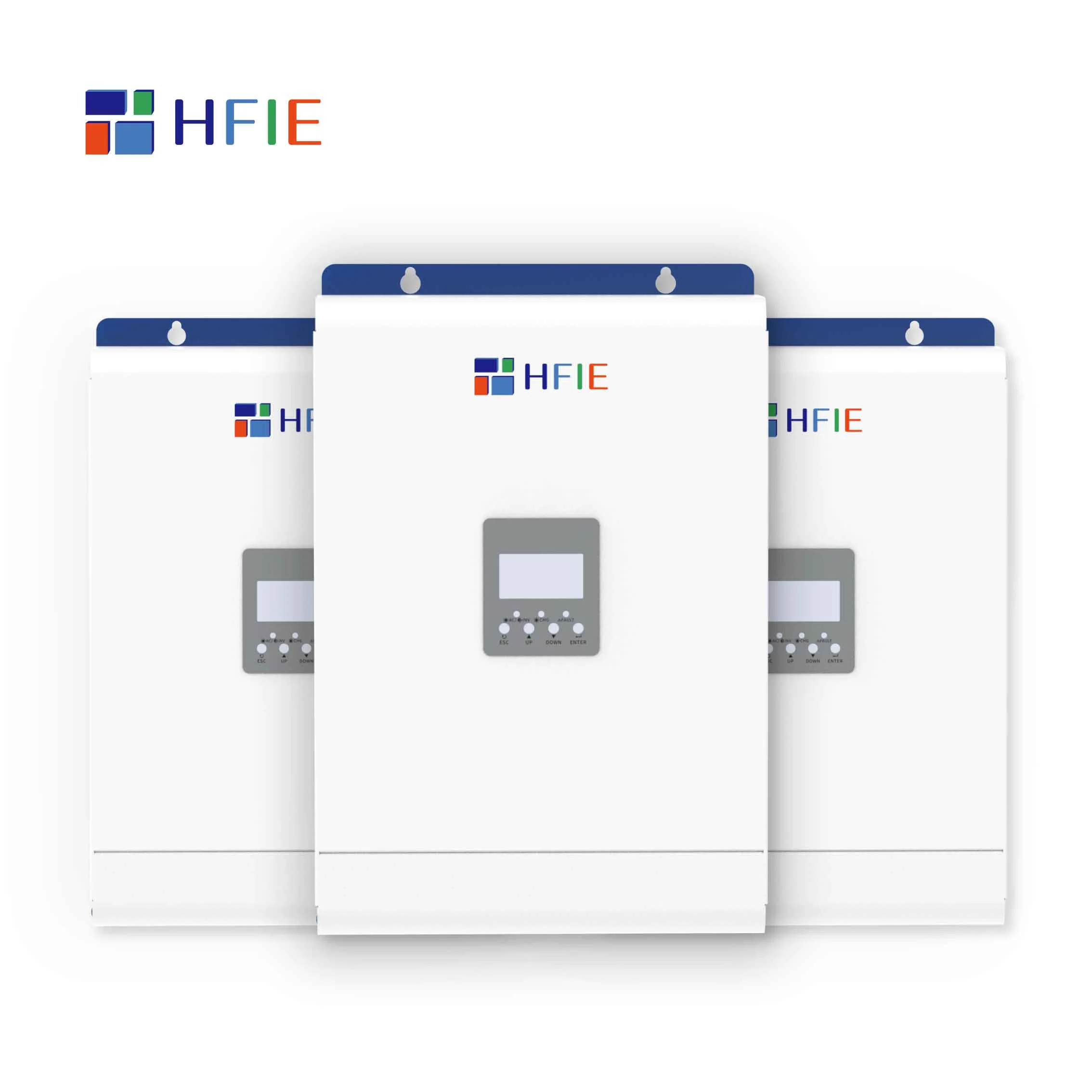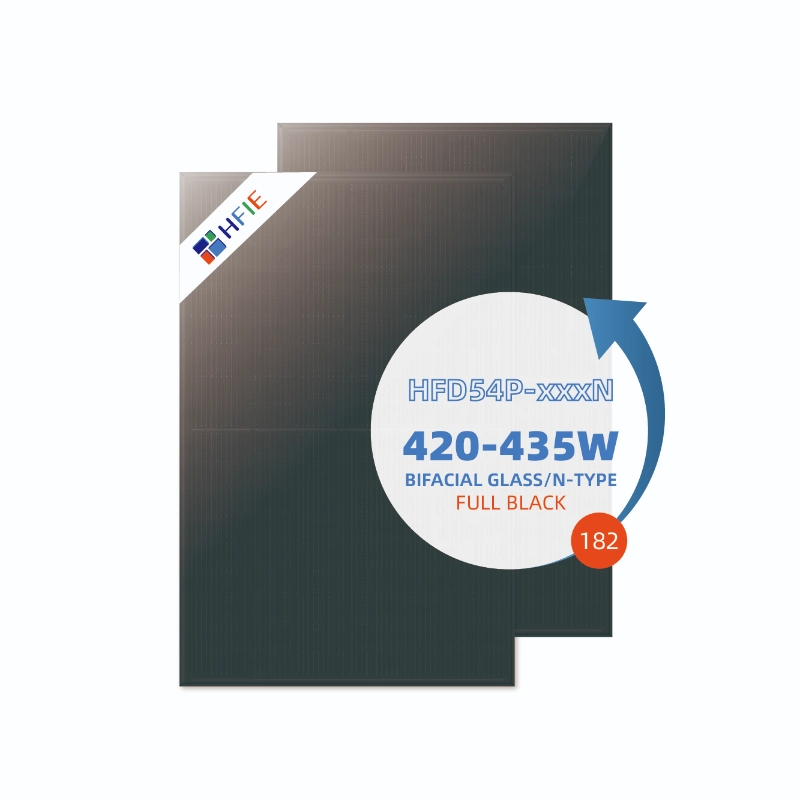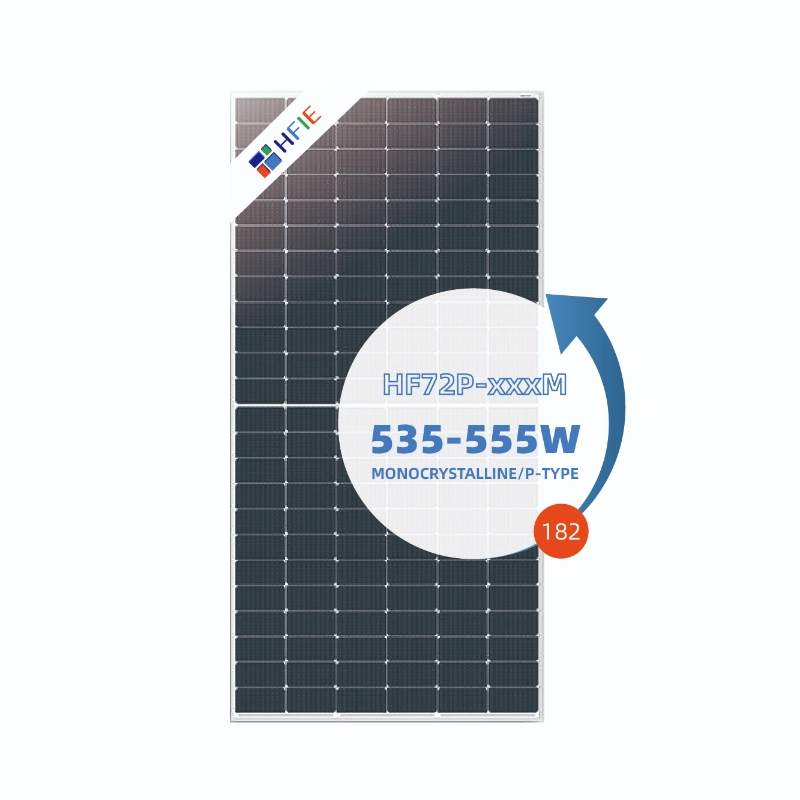
Motives of future growth of the Romanian energy storage market
Minimum order quantity: 1 Pallet .
- product detail
- FAQ
Romania, located in the north-eastern part of Europe’s Balkan Peninsula, is expected to be one of the fastest-growing countries in Europe’s new energy market, thanks to its rich natural resources and optimising policy environment. Although it is lagging slightly behind other EU countries in terms of its zero carbon target, the government has launched a series of strong new energy policies since the second half of 2024, providing a significant boost to market growth.
Energy Storage Market Trends
Currently, the Romanian energy storage market is still in the early stages of development, but is expected to witness significant growth in the coming years. From 2025 to 2030, the country plans to add no less than 4GW (AC) of new energy storage installations, with storage capacity expected to reach more than 480MWh in 2025. This trend reflects Romania’s determination to respond positively to the global wave of energy storage development and to see energy storage as a key underpinning of the energy transition.

1. Policies drive energy storage market growth
Large-scale energy storage incentives
Transelecica, Romania’s national grid operator, published a report in mid-2024 stating that Romania urgently needs to support large-scale energy storage projects in order to meet the challenges of decreasing frequency stability and increasing risk of blackouts, as well as to accelerate the Repower EU process. The demand for energy storage in the power system is as high as 4GW of operating power and 20GW of capacity, providing the energy storage industry with a wide scope for growth.
Policy support for household and industrial/commercial PV, energy storage
According to the Romanian Energy Regulatory Authority (ANRE), as of the end of April 2024, the number of PV producers and consumers was close to 130,000, with an installed capacity of approximately 1.7 GW. The newly passed law requires owners of PV systems within a certain capacity range to add energy storage, a policy that will further boost the prosperity of the residential and commercial/industrial energy storage markets.
New law 255/2024 Mandatory energy storage provisions
In July 2024, the Romanian government passed a new law, 255/2024, which specifies that owners of PVs with a capacity of 3kW to 200kW must install at least 30% of their capacity in energy storage, and owners of 200kW to 400kW must install at least 50% of their capacity in energy storage. Existing producers and consumers will have until 31 December 2027 to install storage, or transmission to the grid will be limited to 3kW, a move that will undoubtedly boost demand for energy storage.
CFD Compensation for Difference Mechanism
The Contract for Difference (CfD) mechanism, implemented by the Romanian government, provides investors in renewable energy projects with up to 15 years of guaranteed fixed price sales. In addition, a €3 billion aid programme approved by the European Commission has provided financial support for the implementation of the mechanism, boosting market confidence.

2. Renewable energy development and rising demand for energy storage
With the rapid growth of installed capacity of photovoltaic (PV) and wind energy, the demand for energy storage is also rising. Romania plans to add 5GW of capacity through renewable energy auctions, of which 500MW will be solar PV and 1GW will be onshore wind, to further promote the development of the energy storage industry.
According to the National Energy and Climate Plan (NECP), Romania’s cumulative installed capacity of PV will exceed 5GW in 2024, a 56% increase year-on-year, and the target capacity is expected to double in 2025. In addition, the Romanian government strongly encourages foreign investment in the new energy market, especially from Turkey and China.
3. Foreign investment drives the energy storage market
In recent years, multinational capital investment in Romania’s new energy sector has grown significantly, and is expected to lead 1.2-1.5GW of integrated landscape and storage projects in 2025, as well as promote the expansion of grid-side storage capacity to 500MWh. The main sources of investment include:
Turkey: $7.5bn of new FDI in the last two years, thanks to the EU’s location and geopolitical connections.
China: through equipment exports (Romania imports 20 per cent of PV modules and 6 per cent of inverters) and joint ventures with local companies.
In addition, the Romanian government has approved €32.92 million in state aid to support the construction of PV module manufacturing plants to strengthen the new energy chain in the country.
4. Promotion of green corridor projects
Romania is actively participating in the Green Corridor project, Europe’s largest green energy programme. The project involves the interconnection of renewable energy sources between Romania, Hungary, Azerbaijan, Georgia and Bulgaria, and includes the world’s longest 1,100-kilometre direct-current submarine cable. With a total investment of more than €10 billion, the project is expected to significantly enhance Romania’s strategic position in the European energy market.
5. Enhancement of energy storage technologies and local manufacturing capabilities
Romania is strengthening its local energy storage manufacturing capacity and promoting the localisation of the industry chain. For example, in October 2024, the government signed a contract to build a photovoltaic manufacturing and recycling plant with an annual capacity of 140MW in Sfântu Gheorghe; in December of the same year, it completed a 1.5GW renewable energy tender, and the PV project won the bidding of 432MW, with an average tariff of 0.051€/kWh.
In addition, in 2025, the government plans to add 2,500MW of new power generation capacity, including 1,200-1,500MW of renewable energy generation projects, while pushing ahead with the construction of PV module and storage battery factories, with plans to double battery storage capacity to 400-500MWh.
6. Future prospects
According to the latest revision of Romania’s National Integrated Energy and Climate Plan 2021-2030, the country has set a target of building 33.3GW of photovoltaic (PV) capacity and 21.3GW of wind capacity by 2050, while plans are in place to install 1,200MW/2,400MWh of battery storage systems by 2030 and 2GW by 2035.
Ioannis Kalapodas, Regional Manager of European Energy’s 500MW renewable energy project in Romania, which has been granted a grid connection licence and has a total development capacity of 1.5GW, says: “The renewable energy market inRomania and the potential for battery storage systems is huge, but awaits the final adoption of the plan. Battery storage systems are crucial for stabilising the grid in renewable energy growth.”
conclusion
Romania is accelerating to become a key hub in Europe’s new energy map, and its government is promoting the development of the energy storage market through policy incentives, foreign investment attraction, manufacturing capacity enhancement, and regional co-operation. In the next few years, with the maturity of battery energy storage technology, the improvement of market mechanism and the continuous inflow of multinational capital, the Romanian energy storage market is expected to usher in rapid growth and occupy a more important position in the European new energy market.

-
Q
What are your main products?
AWe mainly manufacture solar systems, solar panels, inverters, controllers, batteries and mounting systems and all related solar accessories
-
Q
Are you a factory or a trading company?
AWe are a factory with more than ten years of experience in the production of solar energy series products. You are welcome to visit our factory.
-
Q
Can you print our company logo on the nameplate and packaging?
AYes, we can do it according to your design.
-
Q
Can you support OEM and field installation?
AYes, as a professional solar system manufacturer, we can provide customers with OEM and on-site installation, full support and assistance services.
-
Q
How does your factory conduct quality control?
AQuality first. We have a professional QC team to strictly control the quality. Only when the quality meets the requirements, will it be packaged out of the factory.
-
Q
What are your strengths in solar systems?
AFully automatic production line using international advanced production equipment such as Japan and Germany. The price and quality are very competitive, and we have cooperated with well-known brands such as Jinko, JA, TRW, etc.,and can provide large-brand solar energy series products.
-
Q
Do you have overseas warehouse?
AWe have Germany warehouse for Solar inverters and Lithium battery, Amsterdam warehouse for Solar panels.
-
Prev :
Successful Installation of 5kW Solar System with 10kW Three-Phase Inverter and 10kWh High-Voltage Storage Battery in Germany
-
Principles, composition, functions and application scenarios of household energy storage
: Next








